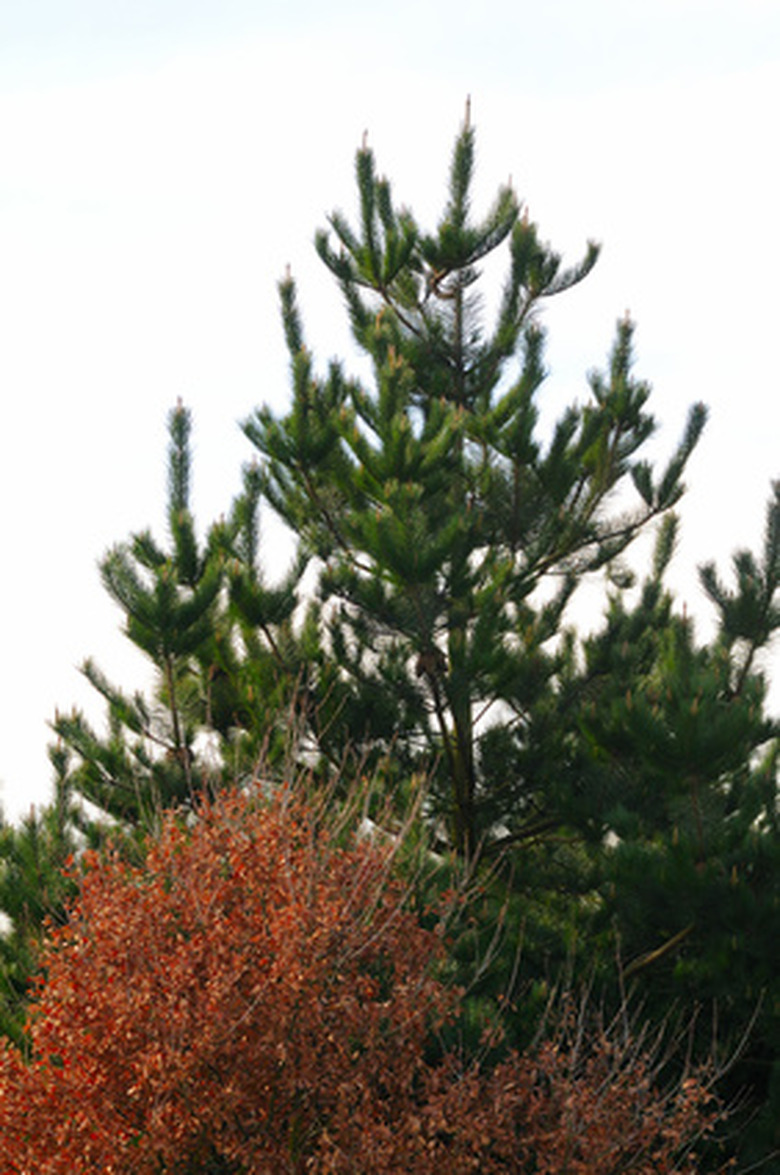Tamarack Planting
The tamarack tree (Larix laricina)–known as eastern larch, American larch and Alaskan larch–grows approximately 95 feet in height. The wood harvested from the tree is highly valued as pulpwood, fuel wood and for poles, posts or rough lumber products. The tree grows across the northern reaches of America from Newfoundland, through the Yukon Territory and into Alaska.
Planting Location
Tamarack grows in areas where many other trees fail. It can easily withstand wet roots and often grows in bogs. The tree does not tolerate shade, and seedlings will fail to germinate in shady locations. Its light requirements make commercial production of tamarack trees difficult. The area must be clear-cut prior to planting. There should exist no shrub growth or sunlight barriers. An ideal site should contain no growth but grass to compete with the seedlings.
- The tamarack tree (Larix laricina)–known as eastern larch, American larch and Alaskan larch–grows approximately 95 feet in height.
- An ideal site should contain no growth but grass to compete with the seedlings.
Soil Requirements
Tamarack grows well in soil that contain ample organic matter. The soil must remain moist and not suffer from drought for the seedlings to flourish.
Spacing
Tamarack trees require at least 8 feet of spacing between rows. If planting tamarack for pulp production, then space the trees a minimum of 6 feet apart.
Seed Production
Seeds begin to develop on the tamarack tree when it reaches the age of 12 to 15 years. Ideal cone crops begin when the tree is between 50 to 150 years.
Growth Rate
The tamarack tree grows rapidly. In the boreal forest it is the most rapid growing of all the conifers according to the USDA. When the tree reaches 40 to 50 years the growth rate slows. Tamarack trees have been known to live to 335 years in their native habitat.
- Tamarack grows well in soil that contain ample organic matter.
- Tamarack trees have been known to live to 335 years in their native habitat.
Home Landscape
Tamaracks are ideal trees for home landscapes. During the summertime, the tree exhibits bright green needles, and during the fall it shows brilliant yellow needle colors. Plant the tamarack tree in full sunlight during the early spring months. Mix ample organic matter into the soil when planting. Keep the tree moist for optimum growth. Apply 3 to 4 inches of soil around the tree's base to help the soil stay moist during hot summer days.
